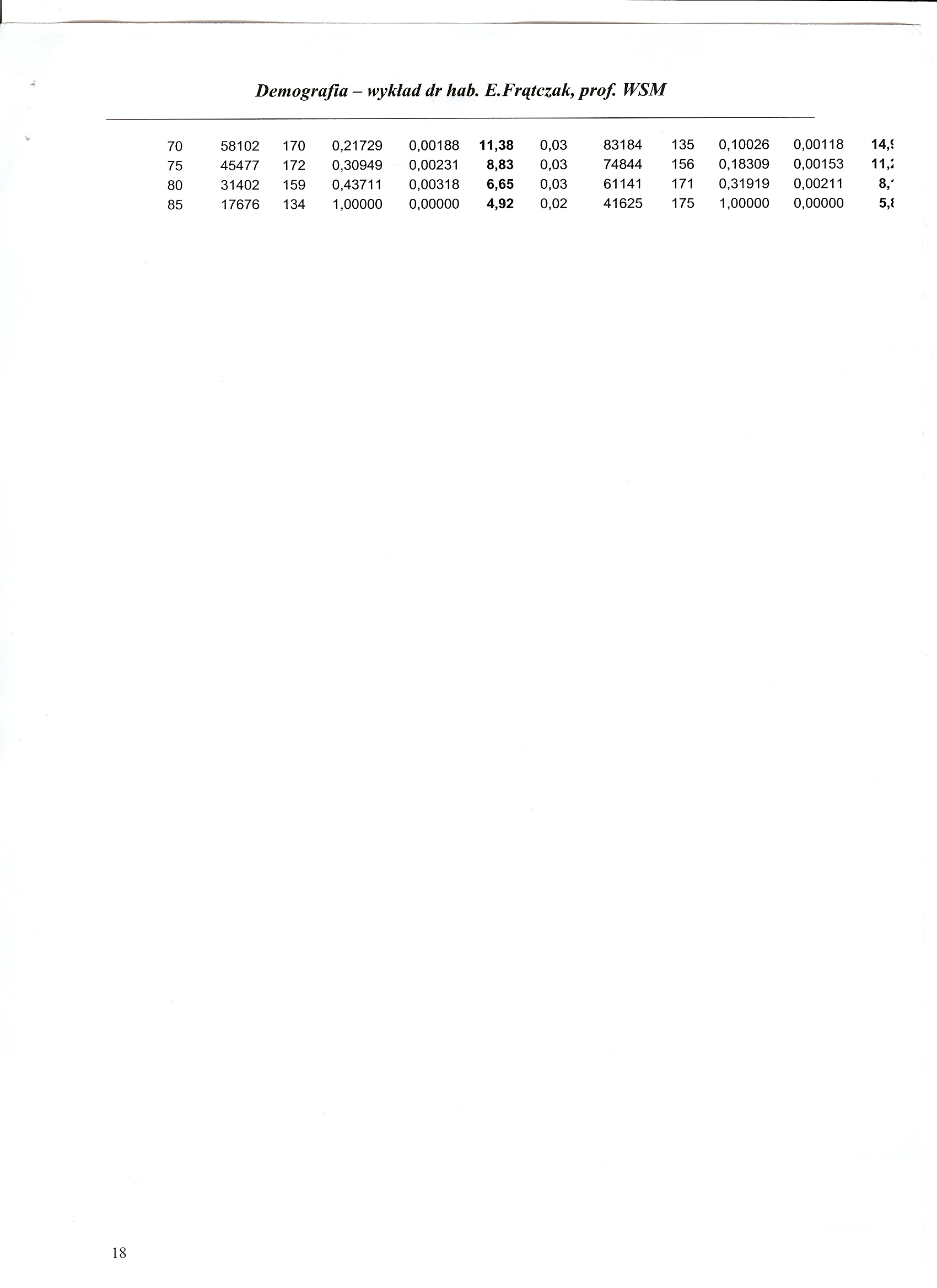scan0021 (5)

350
HANDBOOK OF ECOTOXICOLOGY
In water the toxicity cif individual PAHs to plants and animals increases as molecular weight (MW) increases up to MW 202 (fluoranthene, pyrene). Beyond MW 202 a rapid decline in soiubility reduces PAH concentrations to less than lethal levels, regardless of their intrinsic toxieity. However, sublethal effects can result from exposure to these «ery Iow concentrations of high MW compounds.7 Except for the vicinity of Chemical or petroleum spills, •environmental concentrations of PAHs in water are usually several orders of magnitude below levels that are acutely toxic to aąuatic organisms. Sediment PAH concentrations can be much higher than water concentrations, but the limited bioavailability of these PAHs ;greatly reduces their toxic potential.2 In generał, caution should be employed when assessing the aąuatic “toxicity” of biogenic or anthropogenic PAHs because bioavailability (soiubility, sediment seąuestration, mechanism of exposure) and Chemical modification determine how much toxicity is realized.
14.5.2 Plants and Microbes
Reports of the effects of petroleum spills or diśćharges on plants and microbes contain accounts of injury or death to mangroves,57,58 seagrasse$;59 and large intertidal algae;68-61 severe and long-lasting (> 2 years) destruction of salt marsh vegetation38,62-64 and freshwater wetland vegetation;65,66 enhanced or reduced biomass and photosynthetic activity of phytoplankton communities^7,68 genetic effects in mangroves and terrestrial plants;69,70 and microbiał community changes and increases in numbers of microbes (Table 14.1 )i?l-73 Differences in species sensitivity to petroleum are responsible for the wide variation in community response for phytoplankton and microbes.
Recovery from the effects of oil spills on most local populations of nonwoody plants can reąuire from several weeks to 5 years, depending on the type of oil, circumstances of the spili, and species affected. Mechanical removal of petroleum in wetlands can markedły increase the recovery time.74,75 Complete recovery by mangrove forests ćould reąuire up to 20 years.76 Phytoplankton and microbes in the water column of large bodies of water return to prespill conditions faster than phytoplankton and microbes in smali bodies of water because of greater pollutant diłution and greater availability of eolonizers in nearby waters.77 Lethal and sublethal effects are caused by contact with oil or dissolved oil, Systemie uptake of oil compounds, blockage of air exchange through surface pores, and possibly by Chemical and physical alteration of soil and water, such as depletion of oxygen and nitrogen, pH change, and decreased light penetration.
The effects of petroleum on marinę plantś^such as mangroves, sea grasses, saltmarsh grasses, and micro- and macroalgae, and microbes have been studied with laboratory bioassays, experimental ecośystems, and field experiments and surveys (Table 14.1).78'87 Petroleum caused death, reduced growth, and impaired reproduction in the large plants. Microalgae were either stimulated or inhib-ited, depending on the species and the type and amount of oil; response was expressed as changes in biomass, photosynthetic activity, and community structure. In response to petroleum exposure, community composition of indigenous bacteria was altered and total biomass inereased.
The effects of petroleum on freshwater phytoplankton, periphyton, and microbes have been studied with laboratory bioassayś and field experiments.88-93 Petroleum induced effects similar to those described for marinę microalgae and bacteria. Domestic and wild plants have been exposed to oiled soil in laboratory ekperiments94-96 and tundra vegetation has been subjected to an experi-mental spili of crude oil.97 Inhibition of seed germination, plant growth, and fungal colonization of roots was demonstrated in the laboratory bioassays. Death of herbaceous and woody plants and long-term community alteration were caused by the experimental tundra spili.
Individual PAHs, mostly two- and three-ring compounds, at Iow concentrations (5 to 100 ppb) can stimulate or inhibit growth and celi division in aąuatic bacteria and algae. At high concentrations (0.2 to 10 ppm) the same PAHs interfere with celi division of bacteria and celi division and photosynthesis of algae and macrophytes; they can also cause death.2,I
Wyszukiwarka
Podobne podstrony:
24139 scan0019 (6) 348 HANDBOOK OF ECOTOXICOLOGY (bacterła, yeast, filamentous fungi) in the water m
scan0017 (7) 346 HANDBOOK OF ECOTOXICOLOGY Figurę 14.4 Sources of petroleum and PAHs in the environm
18599 scan0013 (9) 342 HANDBOOK OF ECOTOXICOLOGY14.1 INTRODUCTION Crude petroleum, refined petroleum
49240 scan0015 (8) 344 HANDBOOK OF ECOTOXICOLOGY Naphthalene Figurę 14.2 Examples of PAH compounds w
GSM BASICS GSM HISTORY: In 1982 the Nordic PTTs sent a proposal to CEPT (Conference of European Post
A LINEARITY Because of linearity, in each case <£p is linearly proportional to the dipole magnitu
A LINEARITY Because of linearity, in each case <£p is linearly proportional to the dipole magnitu
13 NOTICES BIBLlOGRAPHlQUES 793 The dictłonary of authors is based on the Idea of prescuting in
of the morę generalized theoretical knowledge. »Historical develop-ment of contradictions in which t
89 (43) 9 r e e nCANYAS ♦ Cut the canvas, allowing a border of 5 cm (2 in). B
więcej podobnych podstron